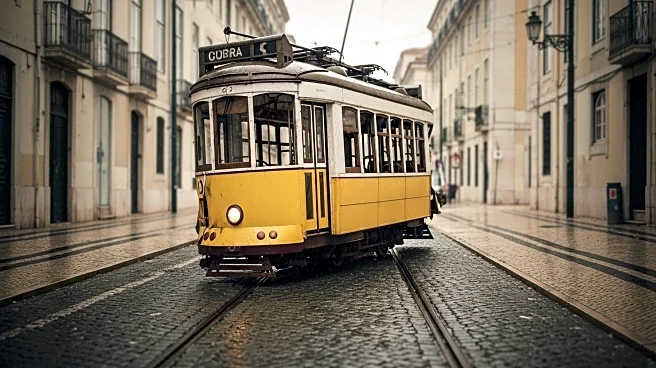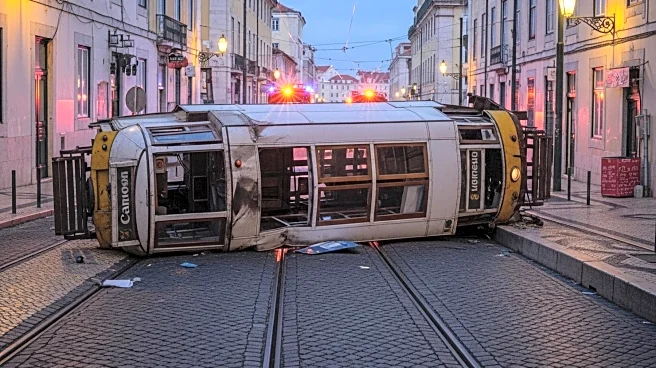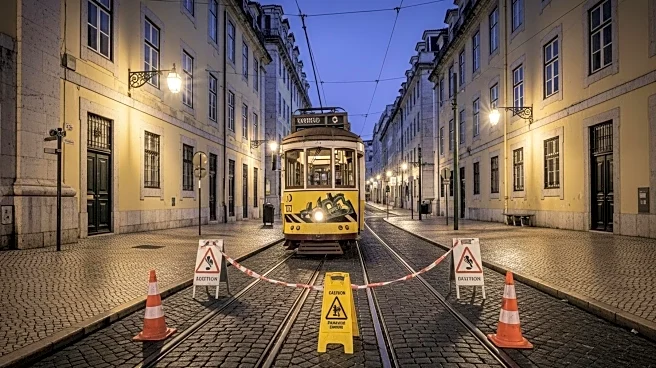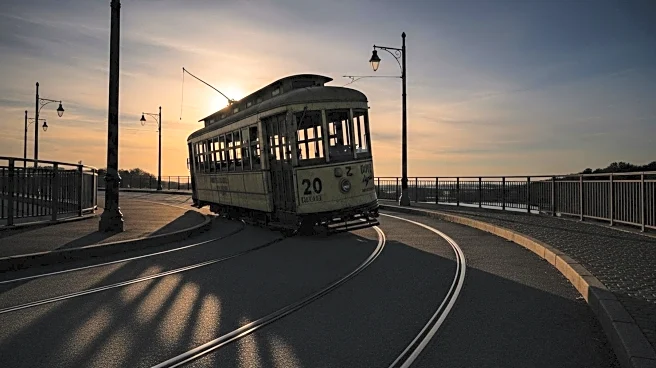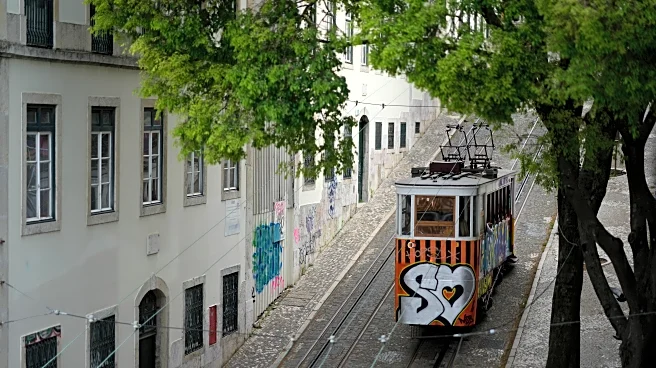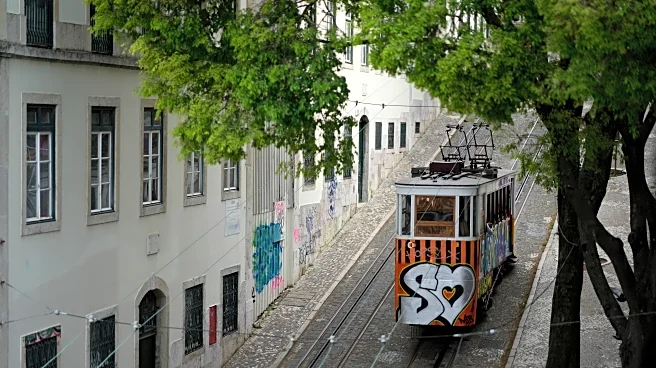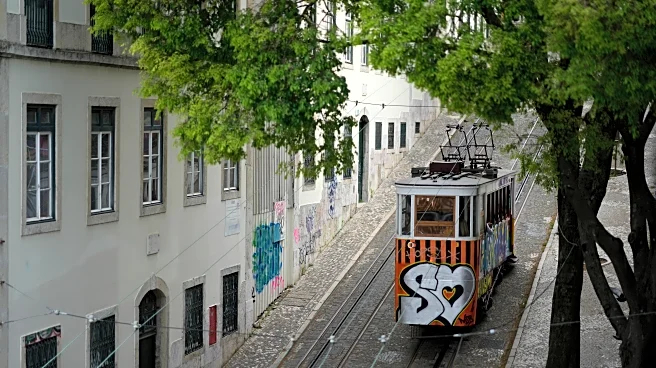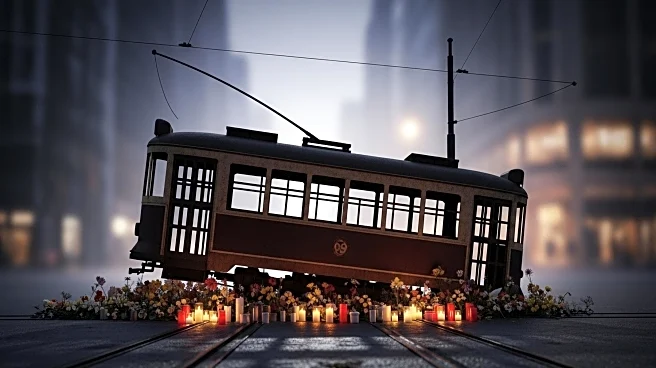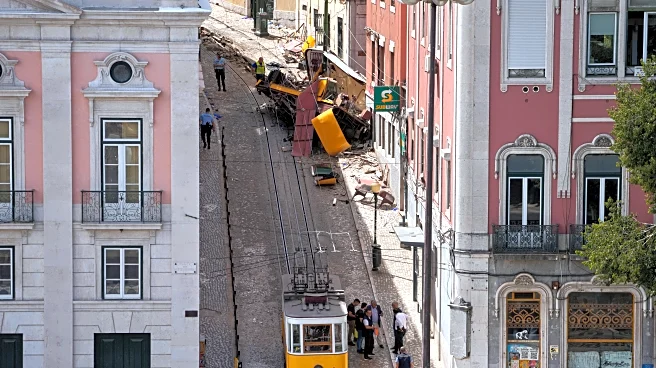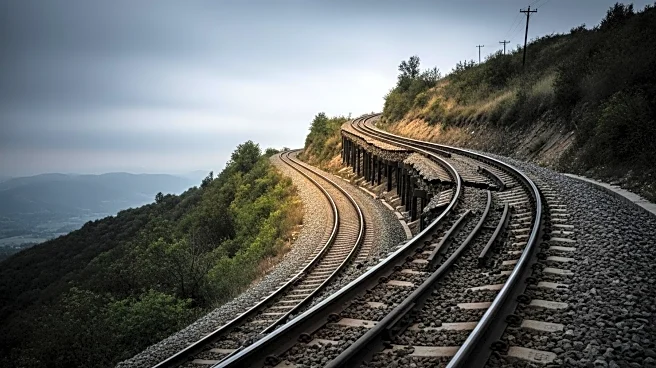What's Happening?
The Lisbon streetcar crash has claimed 17 lives, with two additional fatalities reported after initial injuries. The streetcar, known as Elevador da Gloria, derailed and crashed, leading to a national day of mourning in Portugal. Emergency services have been actively managing the situation, with pathologists conducting autopsies and detectives investigating the cause of the derailment. The crash has raised concerns about the safety of Lisbon's public transportation system, particularly as the city experiences a tourism boom.
Why It's Important?
The incident highlights significant safety concerns within Lisbon's public transportation system, especially as the city attracts millions of tourists annually. The crash not only affects the families of the victims but also poses a challenge to Portugal's tourism industry, which relies heavily on attractions like the Elevador da Gloria streetcar. The tragedy underscores the need for improved safety measures and infrastructure maintenance to prevent future accidents. Additionally, the national mourning reflects the profound impact on Portuguese society, emphasizing the need for accountability and thorough investigation.
What's Next?
Authorities are expected to conduct a comprehensive investigation to determine the cause of the crash, with potential implications for public transportation policies and infrastructure improvements. Lisbon's City Council has already halted operations of similar streetcars for immediate inspections. The findings could lead to changes in safety regulations and maintenance protocols, affecting both local residents and the tourism sector. Stakeholders, including government officials and transportation companies, will likely face pressure to enhance safety standards and prevent similar incidents.
Beyond the Headlines
The crash raises broader questions about the sustainability and safety of historical transportation systems in modern urban environments. As cities like Lisbon balance tourism growth with infrastructure preservation, ethical considerations regarding public safety and heritage conservation come to the forefront. The incident may prompt discussions on how to integrate modern safety technologies into historical systems without compromising their cultural value.
